Technology vs #MentalHealth – It’s Time for Education to Take a Lesson in Wellbeing

You’re fine, how am I doing? As two psychologists were heard to say.
As record numbers of people are leaving the education profession and increasing numbers of staff across the whole spectrum of education are reporting stress related health issues, my contention is that it’s time for education to take a lesson in wellbeing.
For leaders in compulsory education, surrounded by young people looking to the future, there are lessons to be learnt from the next generation.
The brilliant TED Talk ‘what adults can learn from kids’ by Adora Svitak is well worth a view in this context.
Adora, twelve years old at the time of her TED Talk, was already a recognised prolific blogger and advocate for creativity. Adora talks about the ‘audacity to imagine’ a different way of working and thinking making the case for changing the willingness of ‘adults’ to learn from children.
My experience in education suggests this would serve us well when it comes to health and wellbeing, particularly in the context of technology and how it can help us to be more healthier and productive.
A ‘Generation Z’ learner has much to teach older generations with workload pressures when using technology to get things done efficiently and with impact. They see no reason to use old technology with slow start up times and constant updates.
When faced with a problem the first thing they tend to do is to share the problem in online open collaborative spaces with trusted networks who can help.
Contrast this with previous generations who often do the exact opposite, trying to deal with complex problems in relative isolation whilst their technology just adds to their stress levels. There is a different and better way.
I was recently discussing this issue with Ian Grove-Stephensen, the CEO of two technology solutions designed to reduce the time teachers spend on relatively routine tasks like marking.
Ian pointed me to research that suggests educators spend typically 17% of their time on marking. Secondary School Teacher salary data was also factored into the research which concluded that more than £5,600 a year per teacher was spent on marking.
To put this into context, in a larger secondary school this equates to more than £360,000 a year spent on routine activity most of which can be automated.
When we question the ‘value of the teaching hour’, is this really a sensible use of time for our most precious resources not to mention its impact on health and wellbeing.
Spend more time doing what you love
The current UK Education Secretary has made the case for how technology will cause a revolution in the classroom, citing reducing teacher workload as one of the key priorities, largely driven by widely reported issues relating to the health and wellbeing of eductors.
The UK Government articulates that teachers, lecturers and education experts must connect with innovative companies to harness the opportunities enabled by technology to reduce workloads and stress.
Core themes in the strategy highlighting using technology to provide a more personalised experience for teachers, streamlining workloads and reducing time spent on activities that are not core to the purpose of learning makes a lot of sense.
When we do this we enable teachers to spend more time focusing on higher level professional development.
As Liz Sproat, Head of Education EMEA for Google commented at the launch of the EdTech strategy:
“These positive developments come as a result of coupling technology with investment in professional growth, equipping educators with the knowledge they need to use technology effectively.”
Using technology effectively can reduce workloads and make life better by supporting wellbeing, health and happiness. As another well known Googler, Sundar Pichai, CEO at Google has noted, “technology alone will not improve education, but it can be a powerful part of the solution’. As with education itself, so it is with wellbeing.
Digital wellbeing
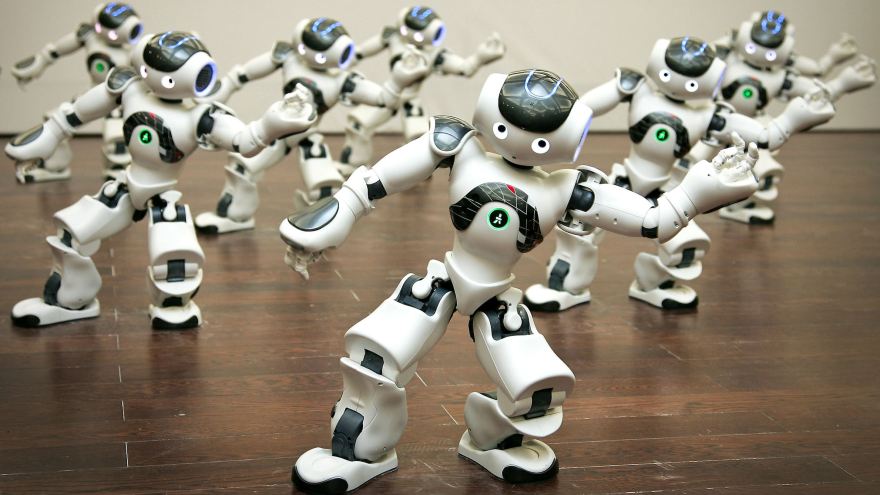
Technology is best when it brings us together, and it has a powerful ability to enhance collaboration and social networks within our organisations.
I recently heard a presentation from Rebecca Henderson the CEO of Dutch multinational consulting firm Randstad talking about how a solution called Happeo had both streamlined communications, reduced emails and created a happier more engaged workplace through what Rebecca described as a ‘virtual working culture’ in one unified digital workspace. It was fascinating and enlightening to hear her insights.
Reflecting on my time in education, often when I spend time with larger multi-campus institutions campus specific issues are evident, as is localised tribal behaviours especially in recently merged organisations and this can have a negative impact on wellbeing. Solutions like Happeo provide a way to support cultural harmonisation and a happier more engaged workplace.
It is clear that organisations seeking to raise morale, productivity and engagement should consider how technology can be a compelling part of the solution.
Technology is also uniquely equipped to provide highly personalised support, including digital coaching. Staffordshire University has developed and launched its’ successful ‘Beacon’ application’, a solution that uses artificial intelligence to provide students with dedicated personalised support.
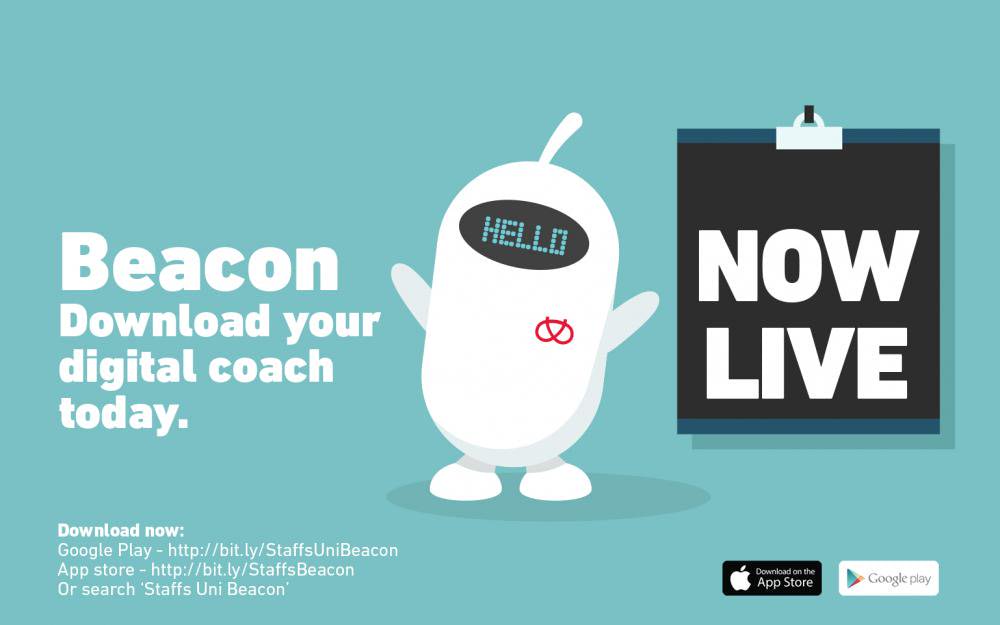
Solutions like this have the dual benefit of providing dedicated personal care at the same time as reducing bottlenecks on constrained resources, making life better by reducing workload pressures on stretched staff.
It’s about time

Using an online calculator developed by Front, if you receive 100 emails a day then you are spending 458 hours a year just responding to them, which can also represent more than 45% of the total working hours in a year per employee.
People could climb Everest in less time or walk the entire Inca Trail more than 24 times, all a lot more rewarding and fun than checking emails. For my part I use Gmail because it makes my life better by reducing workloads and time spent on emails.
GMail as a tool is helping more than 1.4 billion people to be more productive and connected, saving time as it uses artificial intelligence and machine learning to auto-complete emails.
In my case I have calculated it saves approximately 40% of the time I used to spend on emails. This might save me more than 200 hours a year. I am yet to climb Everest, but at least I have the time to do it if I wanted to.
If you don’t use GMail as your email solution, perhaps you should, because when we have more time to do the things we want to do our health and wellbeing benefits.
Anyone who follows me on Twitter will know I am often exercising on my mountainbike. The time I save on emails by using Gmail enables me to spend more time exercising which benefits my health. It’s that simple.
Digital discipline

If you feel compelled to respond to notifications from technology, this behaviour can be unhealthy and create increased levels of anxiety.
This type of learned behaviour isn’t too far removed from the classical conditioning experiments of Russian physiologist Ivan Pavlov. Does your organisation have a ‘digital professionalism’ policy that establishes key principles of healthy use of technology?
To support the wellbeing and health of your people it’s worth considering. One solution I find useful is to turn off notifications at certain times and have well established protocols in the use of technology.
Digital etiquette
Just as technology works best when it brings us together, if we let it, it also has the potential to do the opposite.
Ever heard the acronym FOMO? Fear of missing out. It is characterised by a compulsion to be constantly connected in case one is missing out on something, and ironically it can lead to just that.
Someone once said to spend every moment like you’re supposed to be there, which is a reminder to be present in the present moment.
In this context technology can be a force for good, or otherwise, depending on our relationship with it and the rules that we establish.

When procuring new technology for your workplace, does wellbeing feature as part of the process?
The best technologies I see globally that are having the most positive impact are those that bring people together in a way that supports their wellbeing and happiness whilst at the same time maximising efficiency so the need to spend time with technology is actually less.
If technology adds to workloads or is complicated to use or it doesn’t actually work as intended, it can have a detrimental impact on morale, health and wellbeing.
Anyone seeing a screen on a Monday morning saying that the system needs to install twenty two updates is unlikely to kick the week off in the right way.
Even worse frustrations with technology may actually have a serious consequence for overall mental health not least due to time wasted when facing a deadline leading to raised anxiety levels and bad stress.
In the world of education facing major workload challenges, waiting for technology to work is the past, and shouldn’t be part of your future.
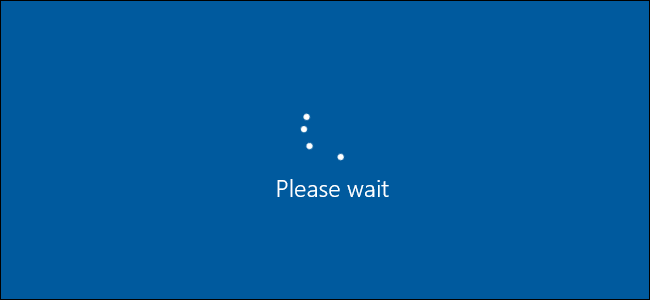
Self control
Watching a generation Z person with a low battery on their mobile device is a source of modern stress and fascination, but before you smile ask yourself when you last left home without your mobile phone intentionally.
How would you feel? Anxious? Ever think about why that is? Loss of control is likely the answer. However when we switch off technology on our terms we take control of it, and the conscious decision to be disconnected can be empowering.
I was impressed recently by the dashboard feature on the Google Pixel phone designed to empower users in the context of digital wellbeing. It enables users to have better visibility of time spent on technology and to make educated assessments of how productive that time was.
It also enables the user to control the behaviour of the technology rather than the other way round. Clever stuff. Technology is a great servant but a poor master.
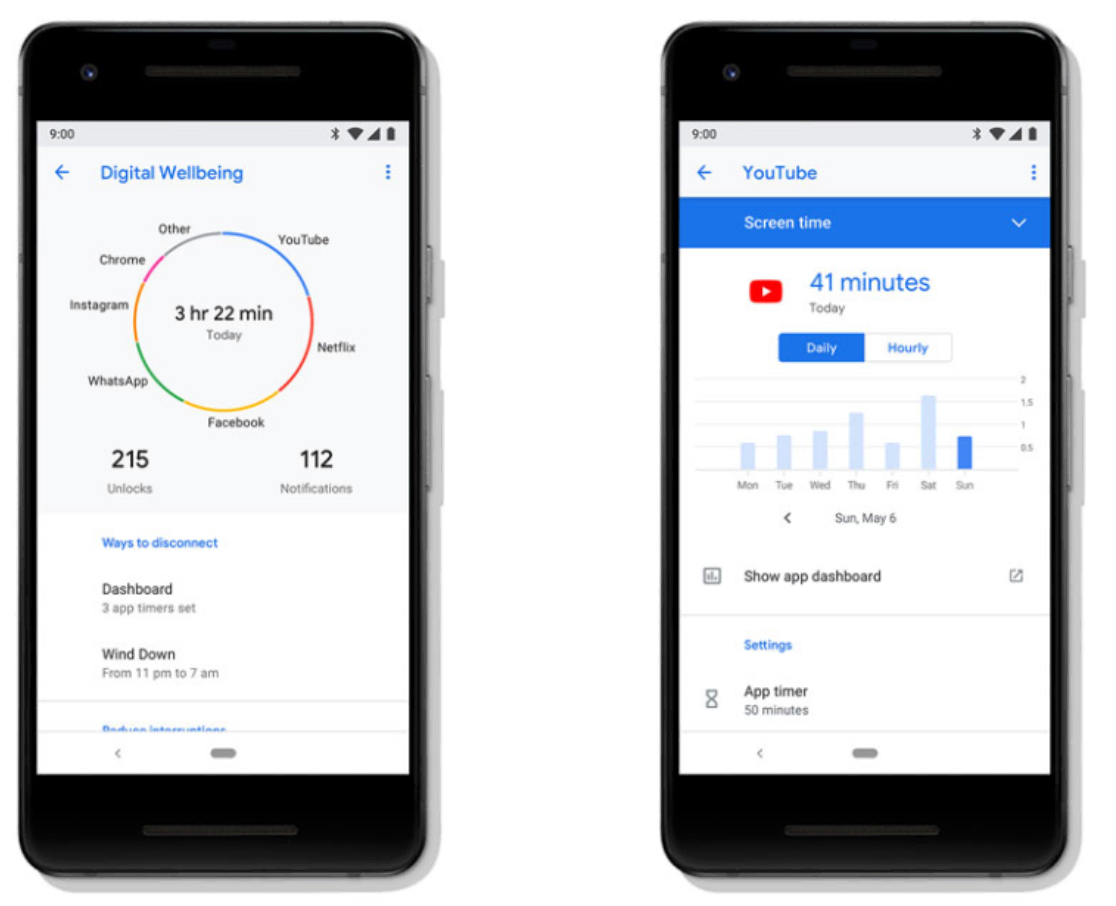
Focus on the present
It has never been easier to become distracted. In the digital age productivity can be both helped by technology, and hindered by it. Digital discipline matters now.
Does your organisation have a view on ‘how’ people work, not just ‘what’ they do? It’s the former where high performance teams differentiate.
Professional training and development on digital professionalism can enable people to focus deeply on the tasks that matter, using technology wisely to achieve their goals.

This in turn enhances wellbeing since a sense of personal achievement raises self esteem and positivity. The ability to focus deeply also means you are entirely present in the moment and able to dedicate your skills and experience to the work you are doing.
Digital can be part of healthy cultural transformation
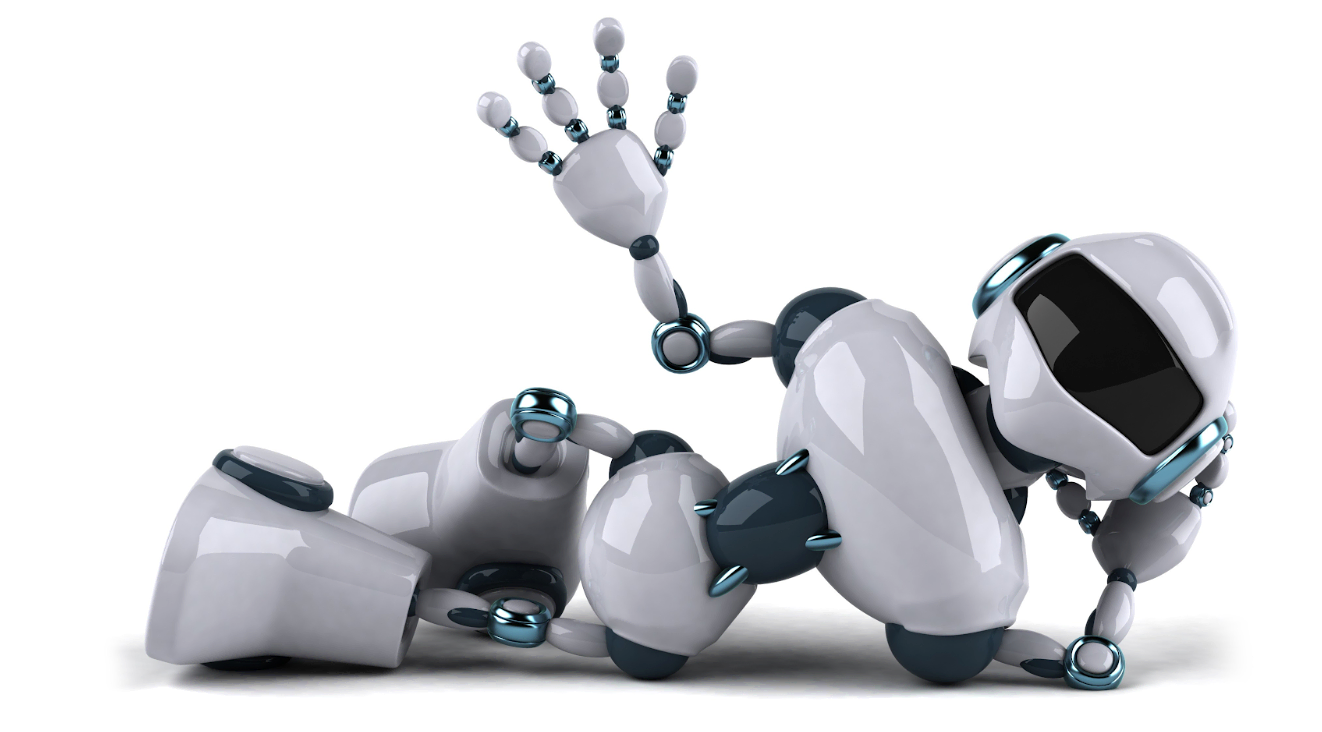
Technology will not provide a panacea for workplace health and wellbeing, but for educators reporting excessive workloads and associated stress it can be a compelling part of the solution.
Procuring and deploying technologies that are simple to use, just work and make life better for people can also be a powerful asset in enabling positive cultural transformation, as can removing technologies that do not do these things.
This is often in my mind when I see someone frustrated with their ageing laptop as it takes minutes to start before requiring several minutes of updates.
There is no need to be using such technology anymore just as there is no need for someone to be dealing with a printer that won’t print papers for a Board meeting when everything could just be shared digitally.
Frustrations like these have no place in a modern working environment, and we have the tools to remove them notwithstanding the fact that we find change difficult when it means us.
Enabling digital transformation in the workplace that supports health and wellbeing will not be achieved in one giant leap. Rather, just as with digital transformation itself, it will be achieved through a series of incremental steps in the right direction.
Those of us with a passion for technology should lead by example and every now and again when it comes to technology just switch it off, and reflect before we rush to switch it back on again.
Jamie E Smith, Executive Chairman, C-Learning












Responses